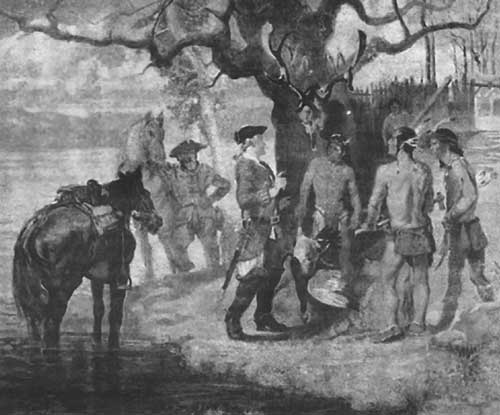 | I. Early Roots |
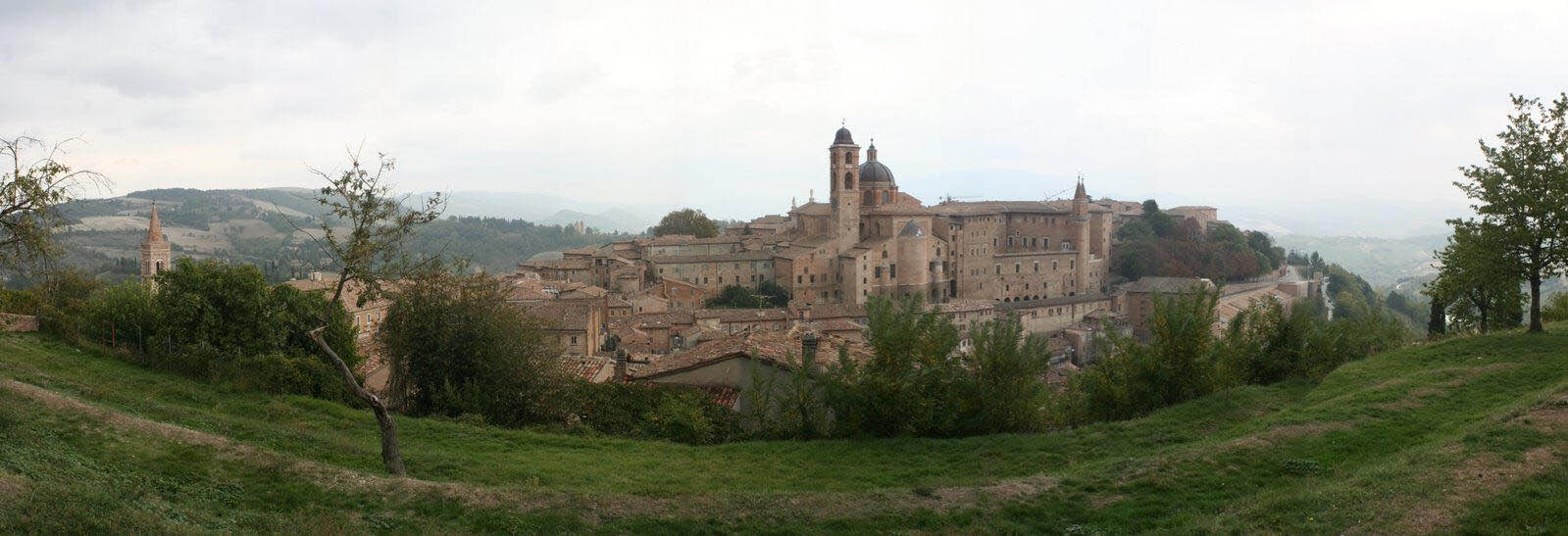
II. First Modern Governmental System
By the early 1500's, the first sign of a concrete federal governmental system began to come into view. This government was based in the capital city of Damadis, in the northernmost part of the island, where the Soothsaylanders believed it easiest to protect themselves from invaders. The first government was a basic parliamentary monarchy. There was one king, one queen, and a small parliament comprised of about 35 nobles who advised the King, but had little to no power over him. The settlers of soothsayer had brought with them a market economy which, until the 1900's, saw almost no interference from the government. Smaller local governments and towns were set up around the island of Soothsayer, the largest of which being the present day cities of Dotaugrust, Rogeth, Altamos, and Horoza. Each town was governed by a Duke, usually of noble status, that was suggested by the parliament, but ultimately approved or denied by the King.
The Native Soothsaylanders were still allowed to keep their own tribalisms outside of the control of the federal government as many still are, but these tribes slowly became integrated into this new federal government over the next 500 years of its existence.
III. Industrial and Political Revolution | 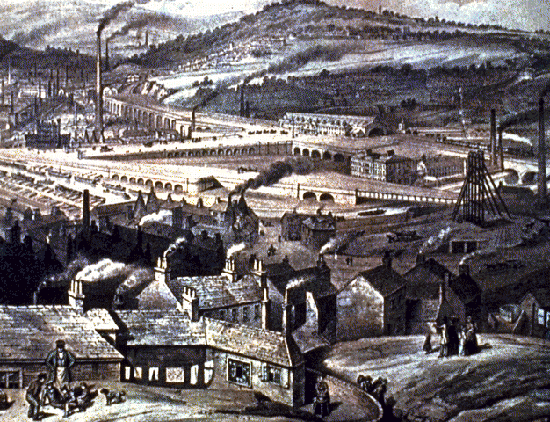 |
Granodor passed a number of progressive laws which banned child labor, set a minimum wage and legalized and recognized labor unions. These acts were generally favored by the general population but detested by most businesses. These decisions also created tensions between the King and many members of parliament that had investments in large corporations and businesses hurt by these measures. These tensions created a division in parliament between conservatives and progressive Granodor loyalists and a power grab between the crown and the parliament ensued. Citizens of Soothsayer were also divided, most of whom supported their King's policies but also began to look towards the more democratic system of government that was working well in the United States. In 1912, King Albert Granodor died of pneumonia and his son, Albert Granodor II took over as youngest King of Soothsayer at age 24.
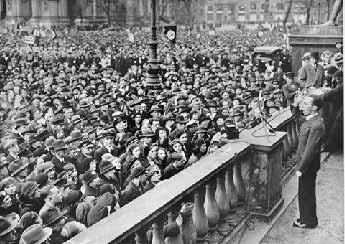 | IV. War, Depression, and Upheaval |
In 1929, just over a decade after WWI had ended, the world spiraled into Depression that began in the United States with the Stock Market crash and affected all industrialized nations, Soothsayer was not an exception. National Production plumeted and unemplyoment estimates seemed to be on the rise everyday as banks ran out of money and many people who were previously in a comfortable economic situation were broke, jobless, and homeless. In an attempt to put more money into people's pockets, King Granodor II put a temporary hold on the annual collection of taxes, though it did little good for few had much money to begin with. People became fed up with the current political and economic system and were willing to look anywhere for change. This change came with the rise to power of Parliament member Roscoe Freire, a progressive reformer and an old supporter of Albert Granodor I. Freire made a number of impromptu public appearances and speeches to all who would listen. Freire believed that the key to economic upturn lay in total political, economic and social revolution in the form of Socialism, which was quickly becoming a very popular idea in Soothsayer. Freire favored a very strong monarch figure, guided by a group of close, hand-chosen advisers, to take complete control of political and economic decisions. He pointed to the likes of King Albert Granodor I whom he believed to be the "strongest leader in Soothsayland history" but was held back by a corrupt and foolish parliament. He looked upon his son, Granodor II as weak and a "disgrace to the Granodor legacy" and blamed the current parliamentary based system as the cause of the economic downturn. On January 13th, 1935, Freire and a large crowd of followers stormed the parliament building and royal palace, forcibly removing every member of parliament and the royal family from office. In the seige, 4 parliament members were killed and 5 rioters were trampled to death by the crowd. At the end of the day, the King and Queen were taken to the gallows where Roscoe Freire was elected the new leader of Soothsayer by mob rule and asked upon to decided the fate of the royal family. In his first act as "King", Freire released the King and Queen, famously remarking "Ignorance is not a crime punishable by death".
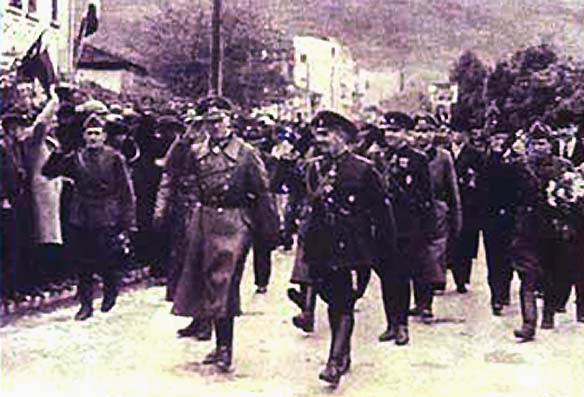 |  |
V. Socialism and War under Freire
Evidence of Roscoe Freire's socialist policies were seen immediately as some of Freire's first acts were designed to reform Soothsayer's economic situation and turn around the economy. Freire ordered the nationalization of the nation's oil fields and instituted government run gas stations with lower prices than private gas pumps previously had, but Soothsayer soon started to acquire a bit of a deficit. Freire raised income taxes after the Depression subsided, but knew it to be a bad idea before the Depression was over. Freire maintained that small sole proprietorships were legal to run, but were often regulated heavily by price control and quota marks. Freire looked to American President Franklin Roosevelt's "New Deal" policies for ideas, and, in emulating Roosevelt, employed a large number of people through the federal government and used them to build quality housing for those who lost their jobs and homes to the Depression. It is speculated that Freire enjoyed a great deal of popular support and approval from the general public, as he was able to stop the downward spiral of economic depression. In 1939, it became evident that Europe was to head to war once more. Freire was divided in his support, in that he supported the economic and political policies of European dictators such as Benito Mussolini and Adolf Hitler, also held great admiration for Britain's leader, Winston Churchill. But in the end, Freire connected most with the Soviet Union's Joseph Stalin whom we called "a true socialist" and his comrade. As WWII went underway, Freire honored the NAP between Germany and the U.S.S.R and stayed out of the war. Upon the German invasion of the U.S.S.R and the violation of the NAP, Freire immediately declared war on Germany and sent half of the Soothsayland army to protect the Soviet Union. Freire himself also went to fight with the troops as they played a huge role in repelling the German advance into Stalingrad which was a big turning point in the war.
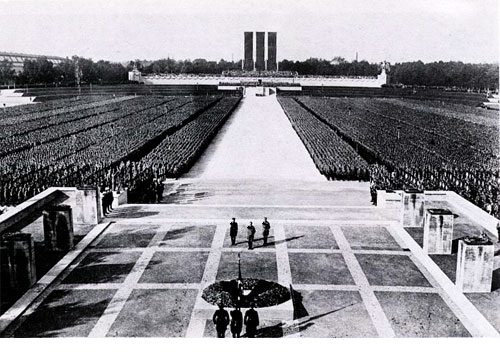 | VI. Rise of the Fascist State |
Freire II began to further develop the idea of single-party rule in Soothsayer. Freire II was extremely tolerant of any political ideology other than that which he supported, communism, and it showed in his methods of punishing political dissidents. In the time of his reign, deportations, executions and arrests went through the roof. Freire believed that the only true was the create a great and stable nation was to have citizens who shared the same goals and dreams for the nation. By the 1960's he had almost made that belief a relality, as some 260,000 estimated Soothsaylanders were executed during between 1960 and 1970 in politicidal fashion, mainly on accounts of treason. However, these figures were unkown and ignored by the large majority of the public. A number of political dissedents slipped through but most kept silent in fear of their lives. Roscoe Freire II had a son of the same name and a daughter, Aerial Freire. The rule of Soothsayer was supposed to be passed on to his son, Roscoe Freire III, but he perished in a car accident in March of 1995, leaving his son, Roscoe Freire IV as the appropriate heir to the rule of Soothsayer in 2008 when Roscoe Freire began to suffer from Early dimentia caused by Alzheimer's disease at the age of 83. Freire IV was only 27.
VII. Political Dissent on the Rise
Freire IV was very hot headed as a leader and a huge supporter of his grandfather's policies of authoritarian government and aggressive foreign policy. One of his first moves as ruler of Soothsayer was the invasion of the nearby nation of Camador. To do this, the government faked an assassination attempt on the life of Freire and arrested three operatives from Camador who were declared guilty without trial and privately assasinated. It was discovered later that this was an elaborate hoax set up by the government in order to justify the invasion of Camador for massive gains in oil production and increased control over the people of Soothsayland under the pretense of terrorist combat. | 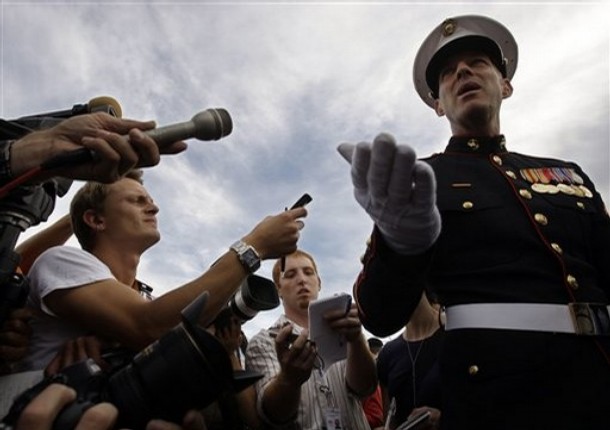 |
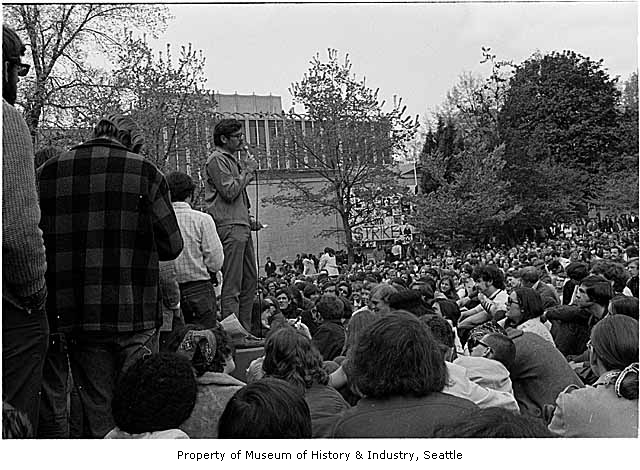 | On March 24, 2012. The Soothsayer Broadcasting Agency was filming live from the Soldiers in Support of the War rally in the capital city of Dammadis. All went well for the propaganda machine until some unknown soldier by the name of Mitch Allen stood up on stage to address the crowd. Sensing no danger the media did not turn its cameras off but this man delivered a powerful and historical speech that ripped Freire's war to shreds. During the speech, the media shut off the cameras and police rushed onstage to detain Mitch, who's speech became the tipping point of a Revolution. |
VIII. The Soothsayland Revolution
On June 4th, 2012, the Dammadis state prison was raided by a group of revolutionary militia-men. The guards were slayed, the prison burned and the prisoners freed. This marked the beginning of the Revolution. The rebellion picked up speed quickly especially in the more rural areas of Soothsayer where militia groups could not be kept in check. These small start-up groups eventually formed bigger armies. Freire began to withdraw faithful troops from Camador though he belittled the rebel's ability to fight organized war or make any significant gains against the Soothsayer army. This opinion quickly changed when the revolutionaries won their first major victory by seizing control of the city of Shailocon, Tithnishan fell to rebel forces shortly after. Freire began to grow more alarmed with the rebel's efforts and proceeded to withdraw all troops from Camador. Many drafted troops who were deemed likely to join the rebel forces were killed. The Soothsayer Revolution was now in full swing.
The damage caused by the rebels was
astounding and the death rate of Freire's troops were on the rise as
more people began to join the revolutionaries. The main advantage the
rebels had were that they had soldiers all over Soothsayer and no one
knew who was who until someone attacked. One example of militia
takeover was when all the citizens of the city of Razga raided the
nearby military base at night and chased the army out of the city. After the bombings Soothsayland troops would go in to sweep up stragglers but find themselves surrounded by rebels and insurgents hiding underground. | 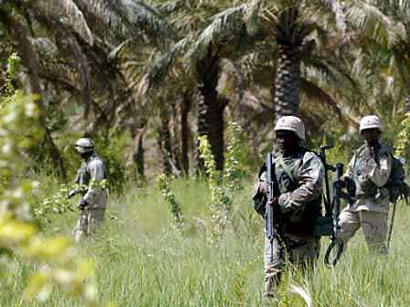 |
A large Rebel army headed by General Rook Sparring and Colonels Mitch Allen and Dominic Ruskin reached the northeast part of the island and the Crescent Bay. Instead of going around and engaging enemies lying in wait, the rebel army decided to go across the bay. By liberating a Soothsayer naval base and capturing many ships they were able to send and entire company across the bay. Anti-air and submarines were able to keep most of the ships intact but a number of them did not survive the trip across Crescent Bay which posed for another problem, though General Sparring and the others were confident they had enough troops to storm the capital building and take Freire and his men, word traveled quickly to the soothsayer troops around the country about the whereabouts of the bulk of the rebellion army and Freire ordered a mass attack on the rallying troops and even if the rebels did survive such a force it was unlikely they could raid the capital building. However, the Soothsayer troops had to pass through the forests of Guris in order to make it to the capital, so the rebel army decided to set up there and wait, this is where all Hell broke loose. Any platoons were ambushed and wiped out without warning upon entering the forest by rebel guerrillas who had a far better understanding of the environment. Traps had been set up and soldiers hidden to provide the ultimate battle grounds for hit and run tactics which the soothsayer army could not retaliate against. Exact numbers are not known but the Soothsayer army death toll was staggering. compared to rebel deaths the count was over 12:1 and those that survived refused to go back in. This was the famous stand at Guris which stunned the Soothsayer army and almost guaranteed rebel victory.
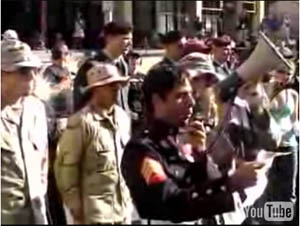 | After the stand at Guris, the Soothsayer army was too weak to engage and the rebels with momentum on their side, easily raided the capital building. The rebels broke into Freire's office, but upon entering, Freire IV shot himself before the rebels we able to get to him. The Soothsayer general surrendered to revolutionary forces on February 16th, 2016. This left the most daunting challenge of all: setting up a new democratic government. |
VIV. Democracy in Soothsayer
Military leaders and revolutionary statesmen met in Dammadis to draft a new Constitution that was meant to model but outdo the Constitution of the United States. At this time the nation was in Anarchy but kept fairly well governed. After three weeks of discussion the Soothsayer Constitution was drafted and General Rook Sparring was elected the first President by the constitutional council. Sparring chose Colonel Mitch Allen as his vice-president. The Soothsayer constitution implemented a two term limit and Rook Sparring was to leave the white house in 2024 as the man who was accredited for establishing democracy in Soothayer. Mitch Allen ran for the Presidency that year, and with Sparring's endorsement, he won by a slight margin against Secretary of State Theodore McCannon, Congressperson Samuel Fargas and Congressional speaker Jacob Cruz to make him the second president of Soothsayer, choosing Cruz as his VP.